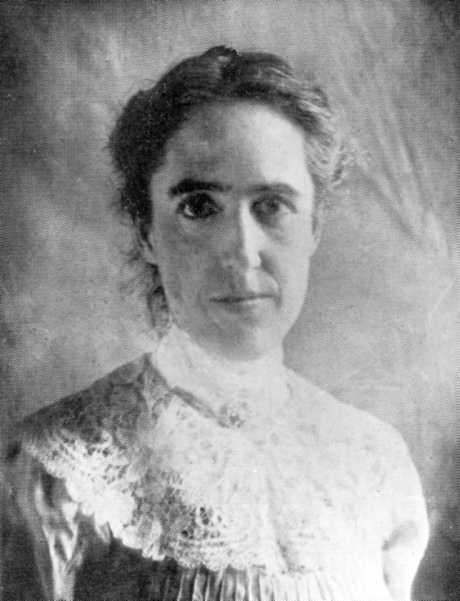Periods of 25 Variable Stars in the Small Magellanic Cloud http://adsabs.harvard.edu/abs/1912HarCi.173....1L (1912)
Henrietta Swan Leavitt: Citations en anglais
Periods of 25 Variable Stars in the Small Magellanic Cloud http://adsabs.harvard.edu/abs/1912HarCi.173....1L (1912)
Contexte: A remarkable relation between the brightness of these [Cepheid] variables and the length of their periods will be noticed. In H. A. 60, No.4, attention was called to the fact that the brighter variables have the longer periods, but at that time it was felt that the number was too small the drawing of general conclusions. The periods of 8 additional variables which have been determined since that time, however, conform to the same law. The relation is shown graphically in Figure 1... The two resulting curves, one for the maxima and one for the minima, are surprisingly smooth, and of remarkable form. In Figure 2, the abscissas are equal to the logarithms of the periods, and the ordinates to the corresponding magnitudes, as in Figure 1. A straight line can readily be drawn among each of the two series of points corresponding to the maxima and minima, thus showing that there is a simple relation between the brightness of the variables and their periods. The logarithm of the period increases by about 0.48 for each increase of one magnitude in brightness.
“The discovery of variable stars”
"Ten Variable Stars of the Algol Type" http://books.google.com/books?id=UkdWAAAAYAAJ&pg=PA87 (1908) Annals of the Astronomical Observatory of Harvard College Vol.60. No.5
Contexte: The discovery of variable stars, at this Observatory and elsewhere, has progressed so rapidly during the last five years, that the difficulty of keeping pace in observing and discussing them has become very great. In the study of distribution now in progress here, the actual time devoted to the search for new variables is small, but thorough observation requires much time, while the discussion of results may be prolonged almost indefinitely. When new lists of variables are published, therefore, it should be remembered that their discovery does not interfere materially with the study of individual objects. The number of these is so large that the publication of full results for all must be greatly delayed.
"Ten Variable Stars of the Algol Type" (1908) Annals of the Astronomical Observatory of Harvard College Vol.60. No.5
“It is to be hoped, also, that the parallaxes of some variables of this type may be measured.”
Periods of 25 Variable Stars in the Small Magellanic Cloud http://adsabs.harvard.edu/abs/1912HarCi.173....1L (1912)
"1777 Variables in the Magellanic Clouds" http://books.google.com/books?id=UkdWAAAAYAAJ&pg=PA87 (1908) Annals of the Astronomical Observatory of Harvard College Vol.60. No.4
"Ten Variable Stars of the Algol Type" http://books.google.com/books?id=UkdWAAAAYAAJ&pg=PA87 (1908) Annals of the Astronomical Observatory of Harvard College Vol.60. No.5
Periods of 25 Variable Stars in the Small Magellanic Cloud http://adsabs.harvard.edu/abs/1912HarCi.173....1L (1912)
